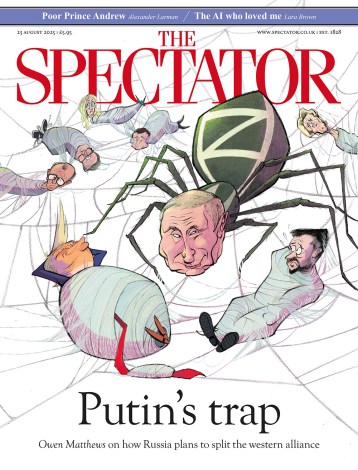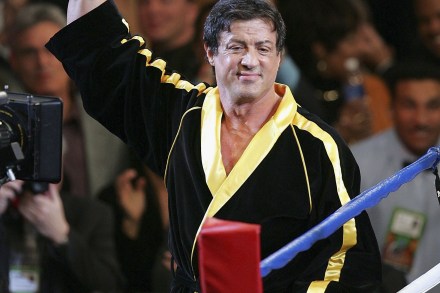Telly addict
Until recently I was one of those insufferable prigs who proudly announces, ‘Oh, I never watch television, it’s all rubbish these days.’ But there was little virtue in my self-restraint, and I had no idea whether there was anything worth watching or not. The fact is that when you are out at the theatre four, five and sometimes, curse it, six nights a week, watching stuff begins to feel like work. My smoking habit also meant that whenever I did want to watch something I’d have to keep nipping out for a quick drag, Mrs Spencer having instituted draconian smoking bans long before the Labour government. Much easier and pleasanter



